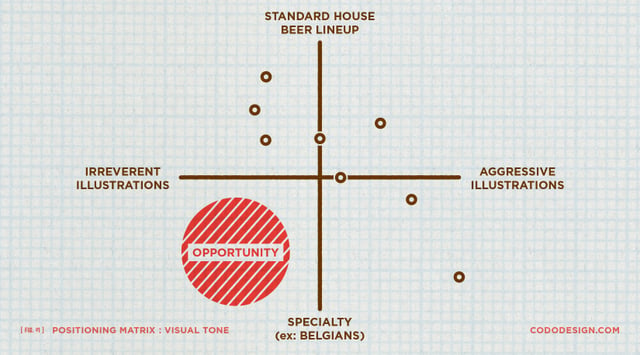
When you’re opening a brewery, you need to understand, very succinctly, how you’re different from every other brewery in your town or even your region, depending on your long-term goals. We’ve covered several different ways to wrangle your positioning and wanted to present a back-of-the-napkin way of thinking about your brewery culture, your fans, your competition and how this all comes together to reveal opportunities for brand strategy and ongoing marketing.
One of our favorite tools to use in the positioning and brand strategy process is called a Matrix. This simple graph is composed of an X and Y axis, each of which represent polar opposites of some attribute. It can be price (low to high), visual style (approachable to ultra beer geek, colorful to monotone) and so on.
We find these are great tools to use at a few different stages throughout the startup brewery process. You can use them at the very beginning when you’ve got a barebones idea, and maybe a few partners/capital/potential location and want to make sure you can produce a product that people will want, and you can use them shortly thereafter to help establish visual tone, look and feel.
For now, let’s use a matrix to help you determine where the breweries in your town fall to gain a quick eagle eye view of what’s being done and not being done in your market. These are all made up, follow along.
- Are they a brewpub or bigger production brewery? What’s their overall concept?
- Do they package? Growlers/pints/flights only?
- Are they new or established?
- Are they involved in the local community?
- What styles do they each hang their hats on?
- What’s the overall tone of their brand stories?
- How are their tasting rooms/breweries styled?
- Are they an approachable place or is it more of a beer geek hangout?
- How do their prices compare to everyone else? (on premise and off?)
Choose a few of these, and throw them on a matrix by plotting them where you think they fall.
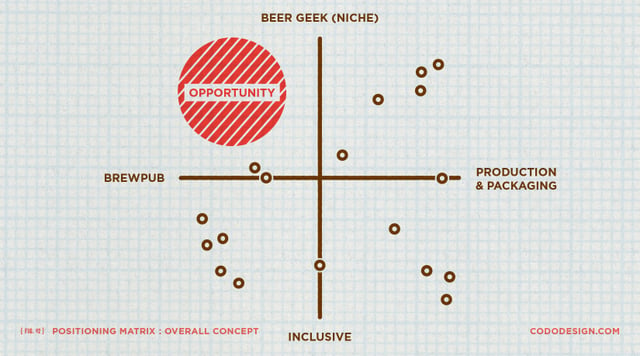
Other thoughts
It takes a village
Keep these matrices loose and have other people do them as well. It’s fun to see how three or four people’s opinions will differ when you look at them side by side. Bonus points if you can get some completely non-biased people to participate. We’ve actually gone to a few bars here in Indiana and had some folks fill these out to help a client. This also hammers home how subjective this entire process is, especially when you’re considering communication and branding qualities.
All that glitters isn’t gold
It sounds obvious, but there could be a very good reason no one is brewing or packaging a particular style. Using the aforementioned example, opening an all-sour brewery could be a gamble in an area with very few other breweries. The market may just be getting used to craft beer itself and not ready for something more “advanced.”
Not just for breweries in planning
Say you’ve been open for a few years and are considering a rebrand. Matrices are still a valuable tool to use because, at their core, they identify opportunities. And the beautiful thing here is you can tailor it to define whatever you want, from beer styles, to tasting room experience, to package design and beyond.
This column was provided by the folks at CODO Design, a five-man branding firm based in Indianapolis, IN. They’ve spent years working with startup craft breweries on naming, branding and positioning, responsive web design, and package design. They’ve gathered their experience into a comprehensive Craft Beer Branding Guide to help startup breweries navigate the entire branding process. Check it out at www.craftbeerbrandingguide.com.

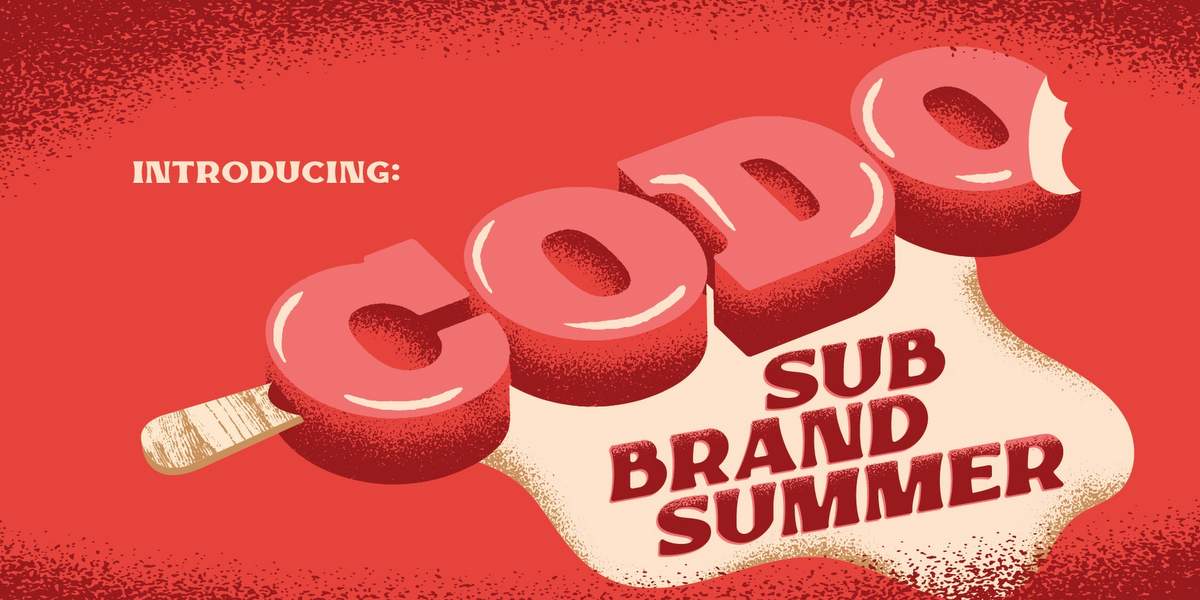
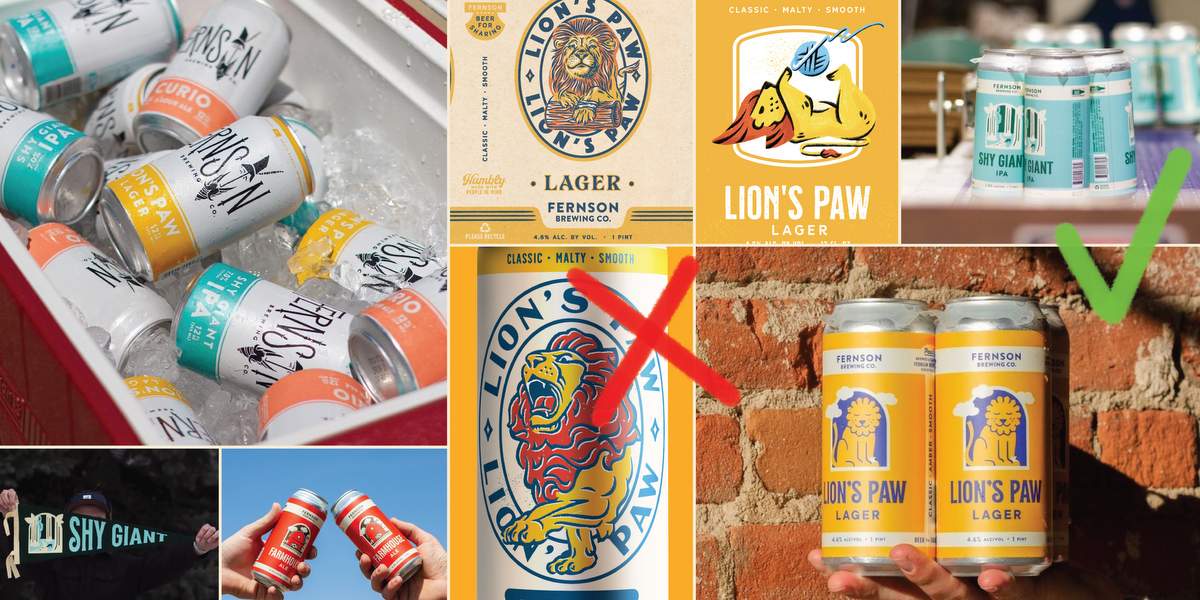
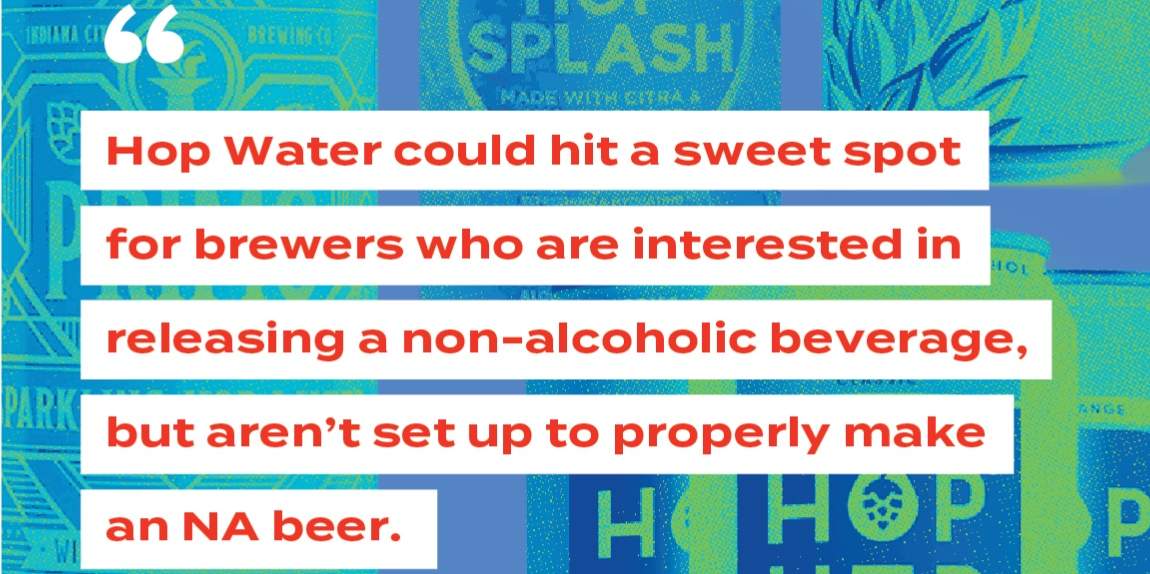
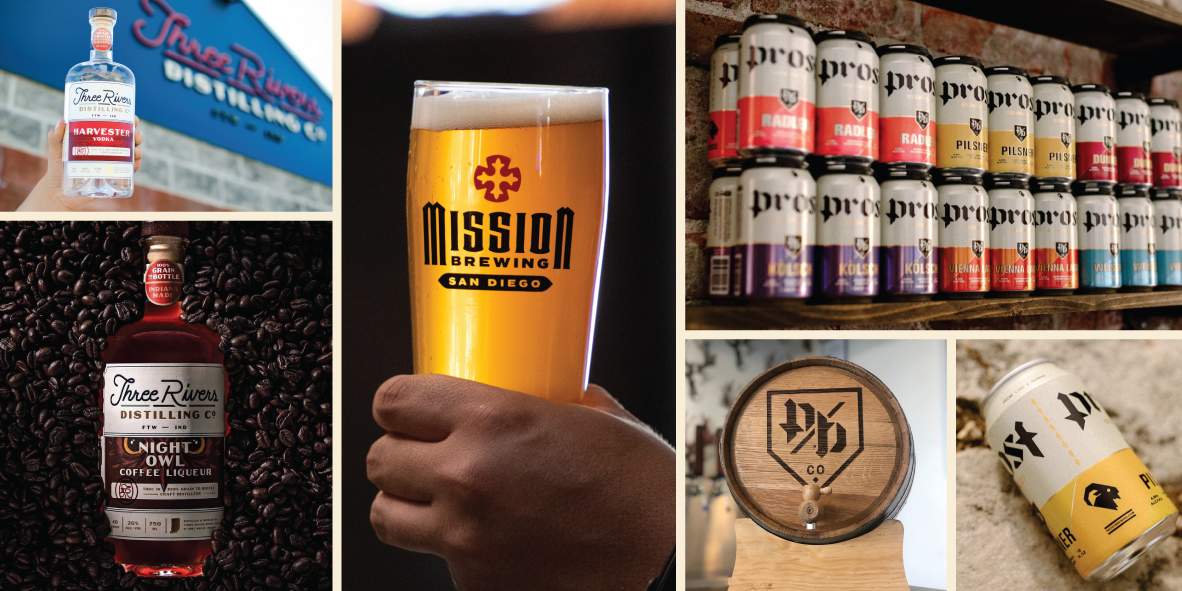
British Isles Ian liked this on Facebook.
Robert Willey liked this on Facebook.
Danny Gruening liked this on Facebook.
Scott Stokes liked this on Facebook.
Hong Jinho liked this on Facebook.
Fred Searles liked this on Facebook.
Eric Nolan liked this on Facebook.
John Paul liked this on Facebook.
Jerry Elliott liked this on Facebook.
RT @CraftBrewingBiz: Using a matrix to brand and position your brewery https://t.co/9p27fX9Idt Another great idea from @CODODesign
Nick Anderson liked this on Facebook.
Jonathan Turner liked this on Facebook.
Isaac Arthur liked this on Facebook.